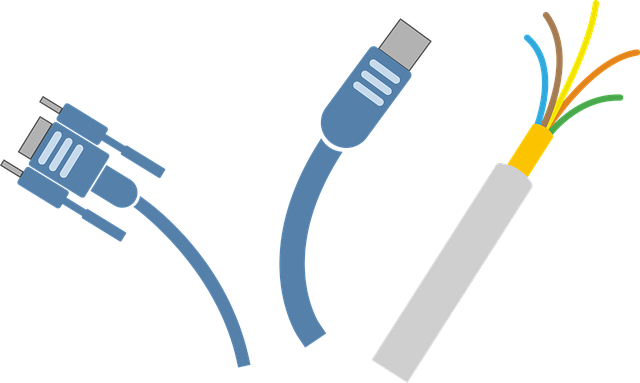
Electrical connectors aren’t immune to failure. Over time, they can sustain wear and tear. Fretting, for instance, is a common cause of connector failure. Nearly all connectors that are exposed to motion will experience at least some degree of fretting.
What Is Fretting?
Fretting is a phenomenon in which corrosion builds up within an electrical connector while subsequently inhibiting the flow of electricity. It’s caused by motion and/or repeated heating and cooling cycles.
How Fretting Occurs in Connectors
There are dozens of types of connectors. You can find them in different sizes, shapes, styles and other specifications. Nonetheless, all electrical connectors have a conductive interior. The interior is made of a conductive material, such as copper or copper-clad aluminum, so that electricity can flow through it.
The conductive interior within connectors is typically coated in a thin layer. This external coating is designed to protect the conductive interior from corrosion. If a connector is exposed to motion and/or repeated heating and cooling cycles, though, the external coating may degrade. Known as fretting, it will leave the bare metal of the conductive interior exposed, which will then result in corrosion.
The Impact of Fretting
When a connector experiences fretting, it may no longer function as intended. Fretting ranks as one of the most common causes of connector failure.
Fretting occurs when the bare metal within a connector becomes exposed. The conductive interior within connectors is typically coated so that the metal isn’t susceptible to corrosion. If the connector is exposed to motion and/or repeated heating and cooling cycles, the coating may wear down. As a result, the bare metal will be exposed to the elements. Moisture will land on the bare metal while causing it to corrode.
Corrosion consists of a layer or film of oxide. As oxide accumulates within the connector, it will inhibit the flow of electricity. Oxide isn’t conductive. It’s classified as an insulator, meaning electricity can’t easily flow through it.
Tips to Prevent Fretting
Choosing the right connectors can minimize the risk of fretting. If a connector fits loosely, it may be exposed to excessive motion, which can cause fretting. Connectors should fit tight so that they don’t move excessively during operation.
Connector grease is available to protect against fretting as well. It’s a type of lubricating grease. Applying connector grease to a connector will help to protect it from fretting. It will coat the conductive interior so that it doesn’t wear down as quickly.

